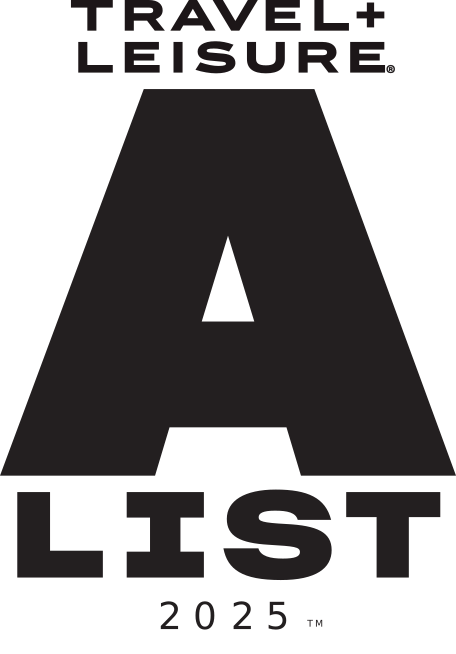The baroque city of Turin has been the first Italian capital, hosts several Royal Palaces, Museums and the Holy Shroud but it is also famous for producing cars, chocolate, coffee and vermouth.
In the great 14th century Piazza Castello are located some major attractions. Inside Palazzo Madama, medieval-baroque castle, is located the Museo Civico d’Arte Antica (Museum of Ancient Art). The collection covers 10 century of history and has 30 thousand items encompassing paintings, sculptures, porcelains, furniture, gold and silver and so on. The masterpieces and the most meaningful works are conserved in one of the two Towers.
The Cattedrale di San Giovanni is dedicated to St. John The Baptist and enshrines the Holy Shroud, the shroud used to wrap Jesus after its crucifixion. Despite the fire occurred in 1997 the shroud remained undamaged and is now kept in the Holy Shroud Museum whereas the one in the church is a copy.
A Stone’s throw away is located the Palazzo reale (Royal Palace), former residence of the Savoys family its construction begun in 1645. The stunning Gardens have been designed by André Le Nôtre which also designed the Versailles Gardens. Other highlights are surely the Throne Room and the Royal Armory with one of the best European weapons collection.
The symbol of the city is the Mole Antonelliana that dates back to the late 19th century (1863-1889). It used to be the highest brick-building on heart and was intended to be a synagogue. Nowadays it holds the Museo del Cinema (Cinema Museum).
Another very worthy and important museum of the city is the Egyptian Museum, created in 1824 has been the first in the world and with the exception of the Cairo museum it remains the biggest on earth.
Inside the Museo dell’Automobile you can with admire a collection of 200 cars including racing cars and the first Italian cars. Furthermore, if you are interested in cars you can also visit the Lingotto, old car production centre which now has been turned into a great complex hosting also the Pinacoteca Giovanni e Maria Agnelli, designed by the architect Renzo Piano, has a unique collection of masterpieces of artists such as Renoir, Canaletto, Manet, Matisse, Picasso and Modigliani.
Palazzo Carignano has been the seat of the first United Italy’s Parliament, it can be visited by entering the Museo Nazionale del Risorgimento Italiano which has also a great collection of paintings, documents and weapons.
The 17th Century Castello del Valentino opened in 1856 has gorgeous French style park, Parco del Valentino. Today it is the seat of Architecture faculty of the Polytechnic University of Turin.
The Basilica di Superga has been built as an order of the king Vittorio Amedeo II to honor Virgin Mary after the French defeat of the 1706, it is the place where the Savoy family is laid to rest.
Lastly, on the hill Monte dei Cappuccini where is also located the little convent of Santa Maria del Monte, you can find a great spot to enjoy a panoramic view of the Alps and the city. Close by is also located the Museo della Montagna.
What/where to eat
Piedmontese cuisine is really rich in dishes and delights, among which Bagna Cauda certainly stands out, a sauce in which to dip the vegetables and the first courses based on fresh pasta such as agnolotti and tajarin, thin noodles. Numerous meat specialties, such as the typical veal with tuna sauce, boiled and braised meats. For both lunch and dinner you will have various alternatives, with historic restaurants, the “piole” or the typical Piedmontese taverns and modern realities that offer traditional dishes and also new trends. Here are some tips on where to eat near the center:
Bruschetteria Pautasso. A slightly retro-style restaurant offering traditional dishes with some reinterpretations; you can order à la carte or opt for the tasting menu. Km0 products and many proposals for vegetarians, vegans and celiacs.
Taverna Bicchierdivino. A simple and nice bistrot, frequented by the Piedmontese, where excellent traditional dishes such as veal with tuna and fassona are eaten, along with other Italian specialties at low prices.
Santa Polenta. A cozy and original restaurant and wine bar where, as the name suggests, the specialty is polenta to pair with local wines. Excellent for tasting the flavors of the past.
Caffè Mulassano, on Piazza Castello, is a historic café, where among retro details and elegant decorations it is said that the sandwich was invented, the most loved snack by the Turinese. Perfect for a quick meal.
For a coffee after a meal, return to Piazza Castello and stop at Baratti & Milano, open since 1858: it is an Art Nouveau pastry bar with elaborate decorations where the prominent people of Turin used to meet to sip a bicerin. Or around Piazza San Carlo you will find several proposals including the historic Caffè San Carlo, with its sumptuous environments, which, between velvet curtains and crystal chandeliers, take you back in time. Another place with a long past is Caffè Torino with a typical Liberty style of the early twentieth century, loved by intellectuals and famous people.
In the evening, for a dinner or an aperitif, we recommend one of these places:
M ** Bun. A restaurant that offers the concept of “slow-fast food” with a limited but quality selection of burgers and specialties based on fassona meat and other typical local ingredients.
Zelli Wine Bar. If you prefer to focus on the aperitif, a place that offers excellent cocktails and wines accompanied by an abundant buffet consisting of hot and cold dishes and appetizers, desserts and fruit.
Trattoria Coco’s. An authentic Piedmontese piola, with welcoming and vintage settings, to go back in time. A cuisine based on genuine and traditional dishes, with excellent value for money.
What/where to buy
Shopping in Turin satisfies everyone: it goes from high fashion boutiques and the cheapest brand stores to craft shops and vintage items and stalls of antique markets, concluding in modern shopping centers.
If the refined Via Roma and the surrounding avenues are the home of high fashion stores, with brands such as Louis Vuitton, Ferragamo, Gucci, etc., the central Via Garibaldi instead hosts chains at more affordable prices. There is no shortage of places for lovers of antiques, crafts and vintage: the arcades of Via Po welcome stalls of second-hand books and records, while the Balon flea market takes place every Saturday with stands of vintage clothes and antiques Among the shops that I suggest you visit are:
Libreria Internazionale Luxemburg Opened in 1872, it is the oldest bookshop in the city. It boasts a rich and interesting selection of titles and volumes and magazines in foreign languages.
Charly Vintage & Flowers. Vintage clothing and items from the Italian, London and American scene. Unique pieces that will never go out of style and also a section with wedding dresses.
Eataly, a food retail format born in Turin but ideal destination for gastronomy enthusiasts where you can find specialties from all over Italy The entrance hall is occupied by a lively market where you can shop or eat some snacks, while on the backyard there are small restaurants. Drogheria Rinaldi. Opened at the end of the 19th century, it is the oldest grocery store in the city and overflows with sweets, dried fruit, tea, coffee, herbal teas, natural products and much more.
Bagni Paloma. An over the top concept store, included in the ranking of the most beautiful stores in Italy. Refined brands of clothing are sold, as well as many other items: household items, cosmetics, travel guides, etc. Turin is perhaps the most famous Italian city for its chocolate-based confectionery products, in particular the Gianduiotti that were born right here. Guido Gobino‘s chocolate shop, the most famous chocolate maker in Italy, is an excellent stop to buy delicious gianduiotti and other specialties such as cremini. If you are a soccer or Juventus fan, the most popular soccer team in Italy, then you just have to buy a gadget from your favorite team in one of the various Juventus Stores in the city.






